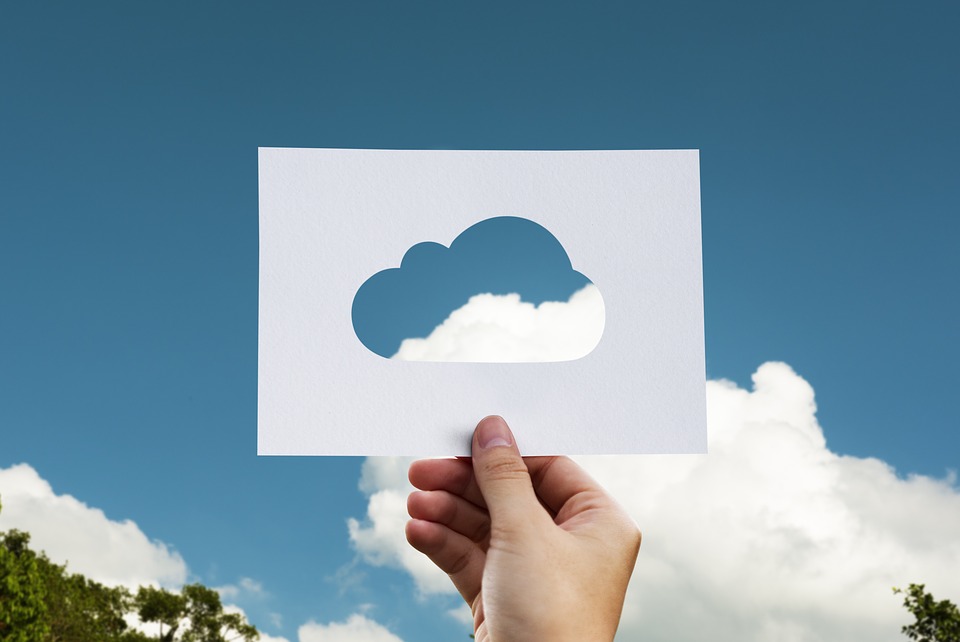
There’s a lot to love about digital photography; it’s instant, it’s sharable and there’s no need for piles of hefty family photo albums gathering dust in the closet. But those photo albums were a great way to keep memories safe. In the good old days, once photos were developed and tucked securely into a photo album – barring fire, flood or apocalypse – they were literally safe as houses.
Not so with today’s digital images. Experts estimate that one third of us have lost images for one reason or another. When you snap images on a phone, your phone can auto upload them to the cloud, but safeguarding images taken with a standalone digital camera needs a little more work.
Regularly Transfer Images to Other Devices
Digital cameras can hold thousands of images but all of those wonderful pictures could be gone for good if you lose your camera or memory card before you get around to transferring the images to another device.
Get into the habit of loading the images onto your computer at home so that they aren’t languishing on your memory card.
If your camera has Bluetooth, transferring your images is child’s play; just maintain a connection between your camera and computer or tablet, and your image files will automatically transfer themselves.
Embrace the Cloud
A good cloud storage service is essential. When you use the cloud to back up your images and video files, they’ll always be safe and you can access them on any device.
For the utmost security, the cloud service that you choose should be a market leader. So many apps these days offer some amount of free cloud storage space but there’s no guarantee that these companies will still be around in 6 months, never mind 6 years, so stick with safe options like Google Drive, Amazon Cloud Drive, Microsoft One Drive and Drop Box.
All of these providers give you plenty of free storage -15GB in the case of Google Drive – and for a small fee you can purchase more if you need it.
Broken Laptop? Don’t Panic!
Don’t despair if you have images saved on a computer hard drive and your machine bites the dust. Computers and laptops regularly fail, but the data on the hard drive is often perfectly fine, you just have to access it.
If you fancy taking a screwdriver to your desktop or laptop computer, you can liberate your hard drive and hook it up to another computer. This is simple to do on a desktop computer, just release the screws on the case, slide the side panel off, then unplug the drive.
Laptops take a little more work, and the best idea is to use another device to view a YouTube video showing you how to go about it for your model.
Sometimes, though, the data on the hard drive is corrupted or overwritten. Fixing this kind of problem is beyond the capabilities of most of us, so in this case you need to hand your drive over to experts like the secure data recovery professionals at Secure Data Recovery who will retrieve all of your irreplaceable images for you.
This type of service can even help when memory sticks and flash drives get corrupted.
Taking a few minutes every week to manage your digital images will keep them safe and sound and ready to be viewed whenever you feel like taking a trip down memory lane. And even if disaster does strike there’s a very good chance that a professional can recover your cherished images.